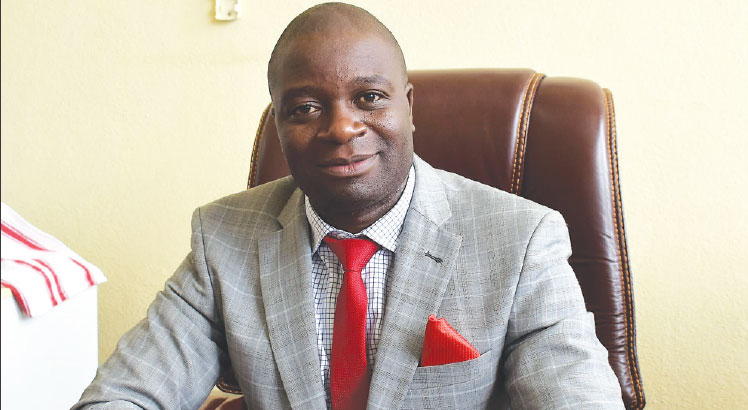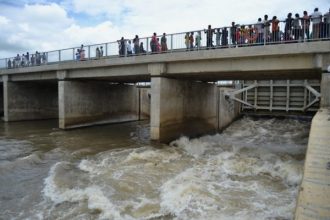Malawi’s inflation rate at 17.3%
 Malawi’s inflation rate for May 2012 jumped to a seven-year high of 17.3 percent, a 4.9 percentage point increase from 12.4 percent in April.
Malawi’s inflation rate for May 2012 jumped to a seven-year high of 17.3 percent, a 4.9 percentage point increase from 12.4 percent in April.
A rise in non-food items fuelled the jump in the general rise in prices, the National Statistical Office (NSO) has said.
This is the fifth month inflation has been in the double digit territory since January this year, the first time in three years.
The May inflation rate rise has come at a time when the effects of the 49 percent devaluation of the kwacha by the Reserve Bank of Malawi (RBM) effected on May 7; the 63 percent rise in fuel prices, the three percentage points increase in bank rate to 16 percent from 13 percent and the resultant reciprocal adjustments in interest rates as well as the average 63.3 percent rise in electricity, are filtering through the economy.
Finance Minister Dr. Ken Lipenga has forecast, in the 2012/13 national budget, an average inflation rate of 18.4 percent in 2012 with prospects of decelerating to 16.1 percent in 2012 as recovery begins. This is against the earlier projected six percent.
The rise in inflation rate is also coming at a time Malawi’s economic growth in 2012 is expected to slacken to 4.3 percent because of weaker agricultural performance, intermittent power supply and low levels of reserves—currently at below one month of import cover that affected key imports such as fuel and raw materials, according to Lipenga.
In the Stats Flash released on Tuesday, NSO says the urban and rural rates are now at 22.1 percent and 14.5 percent, respectively.
“Core inflation, which excludes food costs, stands at 21.8 percent, up by 5.7 percentage points on the month before owing mainly to recent upward price adjustments of electricity tariffs, gasoline, household operation, beverages, tobacco and recreation services,” says NSO.
Expected pressure on interest rates
FDH Stockbrokers Limited managing director Davis Manyenje on Wednesday said the rise will likely put pressure on interest rates and yield on market, among others.
But Manyenje said the full impact of the recent devaluation of the kwacha has not been reflected in the inflation figures, projecting the average price rate will further go up.
Malawi Economic Justice Network (Mejn) executive director Dalitso Kubalasa said the inflation rise is a manifestation of how bad things will be in the short to medium term.
The surge in inflation, which most economists agree hurts the poor most, will likely push the cost of living to unsustainable levels and threaten to throw more people into extreme poverty and make the fight against poverty, the centre piece of the second generation Malawi Growth and Development Strategy (MGDS II), much harder than it already is.
Malawi’s inflation is mainly driven by food, which accounts for 58.1 percent of the Consumer Price Index (CPI)—a measure that examines the weighted average of prices of a basket of consumer goods and services.
But prices have continued to rise even with the surplus maize, which weighs in heavily in the food component.





